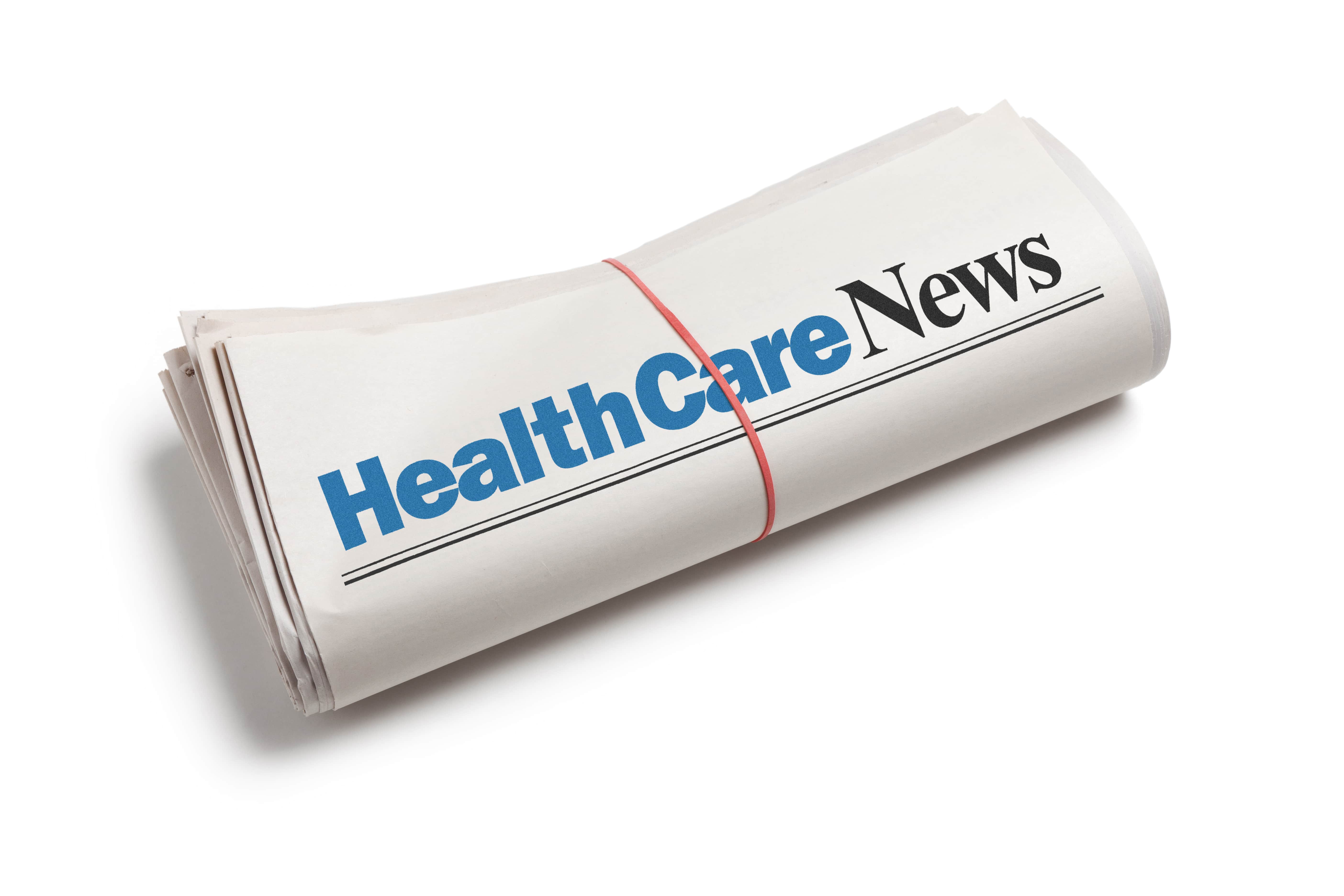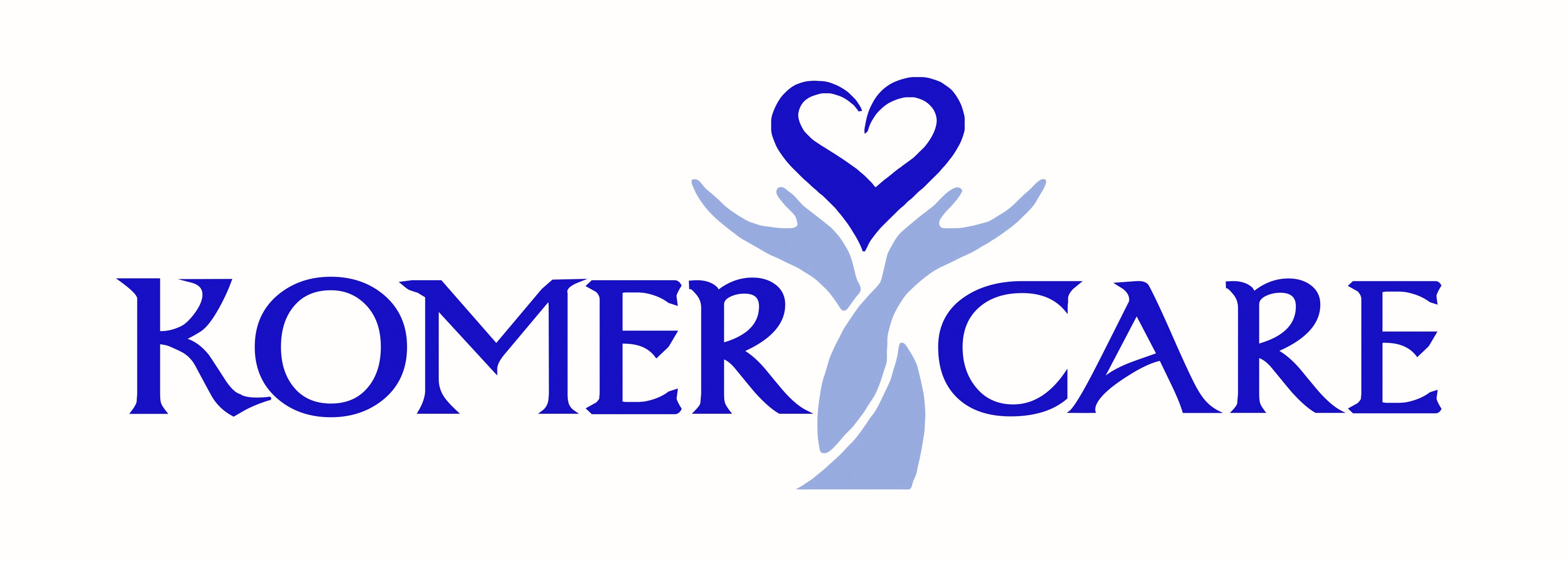Soy has become the most important natural therapy that I use in my practice. You should consider its use in your wellness routine.
For many years it has been known that in Japan and China there is a decreased rate of menopausal symptoms, osteoporosis, heart disease, breast cancer and prostate cancer. This has been traced to the use of soy in the diet. In these countries the intake of soy is 100 to 1000 times what it is in North America.
Research has now shown that it is the plant hormone or phytoestrogen in soy that is responsible for these beneficial effects. These phytoestrogens act like estrogen in some ways and not like estrogen in others. They act as adaptogens working to balance estrogen levels, raising them if they are too low and lowering them if they are too high. The most important group of phytoestrogens is the isoflavones. The principal isoflavones are Genistein and Daidzein.
Not all soybeans are created equal, some are rich in isoflavones and some are poor. Examples of soy include the soybeans themselves, tofu, miso, natto, okara, tempeh, yuba, soymilk and soy protein powder. In addition there are soy supplements. Many of the products do not list the isoflavone content of the product.
Research has shown that 50 to 60 milligrams (mgm.) per day of the isoflavones is the beneficial amount. This is best taken in two separate doses during the day. The isoflavones are heat-stable which means they are not destroyed by cooking. Do not use products that state they are alcohol extracted since the alcohol process removesthe isoflavones from the product.
Plant hormones have a safety record centuries long. Compared with commercially prepared drugs, their potency is very low. They appear to have no down side.
Soy foods are nutritional dynamos. They are high in vitamins, minerals and protein. Although soybeans belong to the legume family that includes peas, beans and lentils, soy is different in that it is high in beneficial complex carbohydrates. Over 35% of the calories in soybeans come from high quality protein. Soy protein is equivalent in quality to animal protein and is superior to most plant protein when it comes to meeting human protein needs. Many soy foods are rich in calcium. Soy foods contain a wide array of vitamins, especially rich in some of the B-vitamins such as niacin, pyridoxine and folic acid.
Let’s look at soy foods and isoflavones in relation to various medical problems including menopause, perimenopause, heart disease, cancer, osteoporosis and diabetes.
Menopause
Isoflavones from soy decrease annoying symptoms such as hot flashes and night sweats. In my experience they lessen these symptoms by about 80%.
Soy can go a long way to helping a woman who prefers not to take medication to cope with menopausal symptoms. For this reason soy is enjoying increasing use and popularity.
In many of my patients taking traditional estrogen therapy, I have added soy extract to help counteract risk and/or to increase effectiveness. In those who don’t or cannot take estrogen, I urge them to consider isoflavones to protect their long-term health.
Menopause increases the risk of developing heart disease and osteoporosis. Isoflavones can play an important role in preventing these serious problems.
In addition, soy isoflavones seem to improve brain function. In the menopause, blood flow to the brain can decrease 30% due to low estrogen levels. By taking soyphytohormones, there appears to be an increase in blood flow to the brain that is translated into clearer thinking, better memory, a stabilization of the mood and perhaps some protection from the damage of stroke and Alzheimer’s Disease.
Traditional estrogen therapy can stimulate the lining of the uterus, not only causing an unwanted return of periods but also increasing the risk of cancer of the uterus.Soy does not have these risks.
One of the most serious concerns of traditional estrogen therapy is the fear of breast stimulation and increasing the risk of breast cancer. Whether this is in fact true actually remains to be seen. However, what is definite is that soy estrogen therapy not only does not increase the risk of breast cancer, it seems to reduce it.
Heart Disease
Heart disease is the number one killer in Western society. Heart disease kills 100 people each hour in the United States and 10 in Canada. It has often been thought of as a disease of men but in fact more women than men die of heart disease. It is occurring in women some ten years later because of the protective effect of estrogen. Inmenopause, when estrogen levels fall, the incidence of heart disease shoots upwards. As a matter of fact, heart disease kills nine times more women than breast cancer.
Heart disease may be avoidable though. We all know the benefits of exercise and not smoking in the reduction of heart disease but soy can also play an important protective role. Soy foods are low in saturated or harmful fat and are free of cholesterol. The protein in soy has been shown to lower cholesterol and thus lowers the risk of a heart attack.
The phytoestrogens in soy work in many ways. They raise HDL (good) cholesterol. They lower LDL (bad) cholesterol. They also stop the oxidation of the LDL cholesterol so that it is not activated and so does not start the process of arteriosclerosis or hardening of the arteries. Thus heart disease is inhibited. One of the isoflavones in soy, genistein, inhibits the formation of clots that may cause a heart attack by decreasing the stickiness of the platelets.
Heart disease is so prevalent and so dangerous, it would make sense to develop your own health plan to introduce factors to lower your risk. Soy can be one of the key elements.
Cancer
Cancer is our nation’s number two killer, right behind heart disease. Cancer takes the lives of a half-million people every year in the United States and about one-tenth that number in Canada. In many cases, cancer might be prevented.
According to the National Cancer Institute, one-third of all cancer deaths are linked to diet and all the most common western cancers have some relationship to diet. Dietary guidelines for reducing cancer risk include the following:
- Decrease fat intake
- Increase fiber intake
- Increase fruit and vegetable intake
People who live in countries where soy foods are a common part of the diet, are less likely to develop certain cancers. For example breast cancer is four times more likely in American women who have a low intake of soy, than in their Japanese counterparts who have a high soy intake. Research has shown that it is the isoflavones in soy that protect the breast. It is thought that the phytoestrogens bind to estrogen receptors in the breast and stop human estrogen from affecting breast tissue. This reduces the breast cancer rate.
One of the soy isoflavones, genistein, is believed to act against cancer in several ways. Scientists feel that genistein blocks certain enzymes that may be responsible in converting normal cells into cancer cells. More than 100 studies have demonstrated the effectiveness of genistein. Genistein stops cell proliferation and this is important in the prevention of cancer. It also acts as an antiangioneogenesis agent. (It prevents the development of new blood vessels which are necessary for the cancer to grow.) There is even research being done using genistein to treat certain cancers.
Besides acting to reduce the risk of breast cancer, soy may be important in reducing rates of prostate cancer in men. The rate of prostate cancer in societies where men eat a lot of soy products is very low. It makes sense that the same mechanisms that reduce the rate of breast cancer in women would reduce the rate of prostate cancer in men.
Once again, if your are formulating your health blueprint, you may want to consider soy as part of your healthy future.
Osteoporosis
Osteoporosis is a disease of thinning and weakening of the bones. There are no symptoms of osteoporosis. Many people confuse osteoporosis with osteoarthritis which can cause joint pain. Osteoporosis is a silent disease. Having osteoporosis increases the risk of fractures by at least 400%.
Let’s discuss calcium metabolism. Your body needs calcium to survive. If you don’t get enough calcium in your diet, your body goes to your bones (which are a large bank of calcium), withdraws calcium and places it into your bloodstream. Continued loss of calcium from the bone can lead to osteoporosis.
Women are much more likely to develop osteoporosis than men because of hormonal differences. Menopause is a time of particularly large risk for osteoporosis. In the first 6 or 7 years of menopause, women may lose up to 7% of their bone strength per year, putting them at great risk for fractures. Hip fractures are particularly serious since 20% of people will die within six months due to complications.
Osteoporosis can be avoided.
The three necessary ingredients in a successful plan of avoidance are:
- Estrogen
- Calcium
- Exercise
Many women have concerns about taking estrogen. Just taking calcium and exercising is not enough to prevent osteoporosis. However the phytoestrogens in soy will help prevent osteoporosis by acting like estrogen.
In addition, to prevent osteoporosis a mature middle-aged woman or man needs 1500 mgm of calcium per day. A glass of milk contains 300 mgm of calcium. Most people take in significantly less than the daily requirements and may require calcium supplements.
The third ingredient in the prevention of osteoporosis is weight-bearing exercise at least 5 times per week. As an example, a simple walk for 40 minutes would qualify as sufficient exercise.
Using this plan there is a significant reduction in your chances of getting osteoporosis and of developing fractures.
Diabetes
The commonest form of diabetes is called non-insulin dependent diabetes or adult onset diabetes. Uncontrolled diabetes can lead to heart disease and can also damage nerves, kidneys, eyes and limbs. The best diet for most people with diabetes is one that is low in fat, high in complex carbohydrates and moderate in protein. Soy may have an interesting role to play in diabetes in two different ways:
Soy foods may slow the absorption of glucose into the bloodstream
Soy protein may help to prevent or control some of the complications of diabetes such as arteriosclerosis.
The glycemic index is a measure of how much blood glucose or blood sugar rises when a particular food is consumed. Foods with a low glycemic index produce a smaller rise in blood glucose which is helpful in the control of diabetes. Soybeans have a low glycemic index. Replacing animal protein in the diet with soy protein has been shown, in some cases, to improve kidney function in diabetic individuals.
Sources of Soy
As previously mentioned, not all soy is the same. Look for a product that gives you 50 to 60 mgm of isoflavones per day. You cannot assume you are getting the right amount unless the label specifies the composition of the product.








